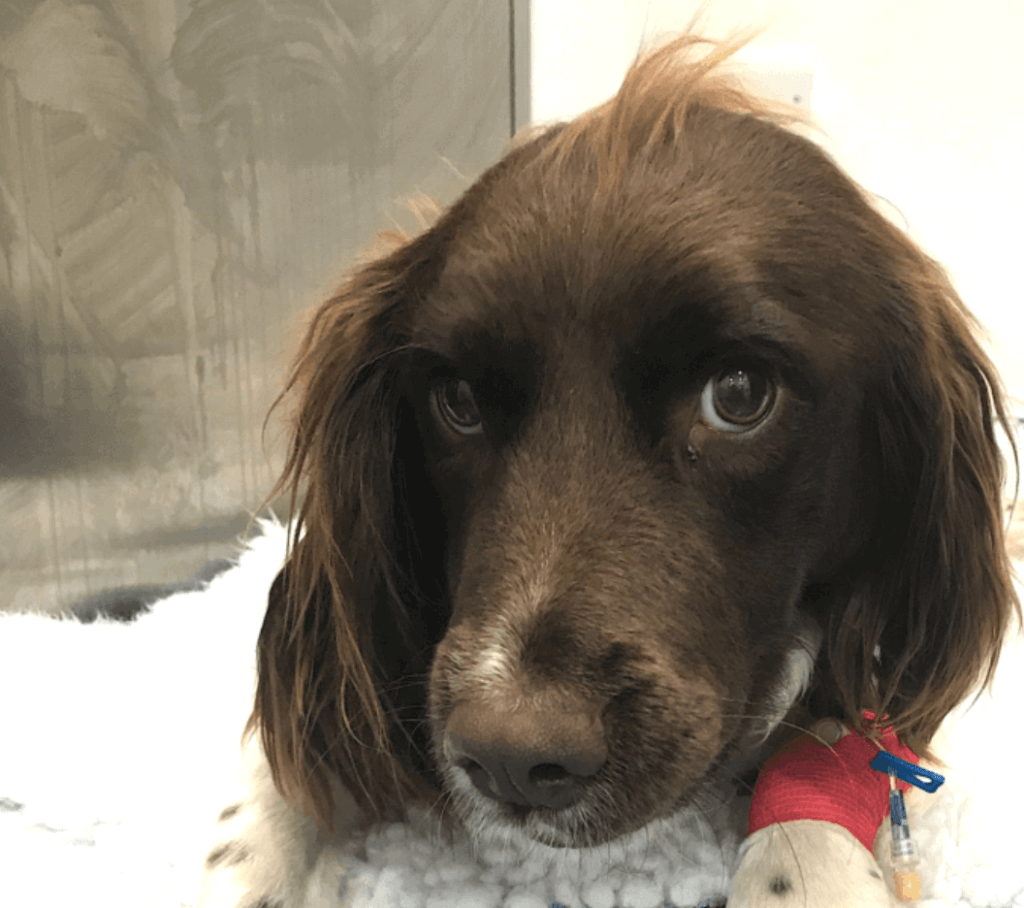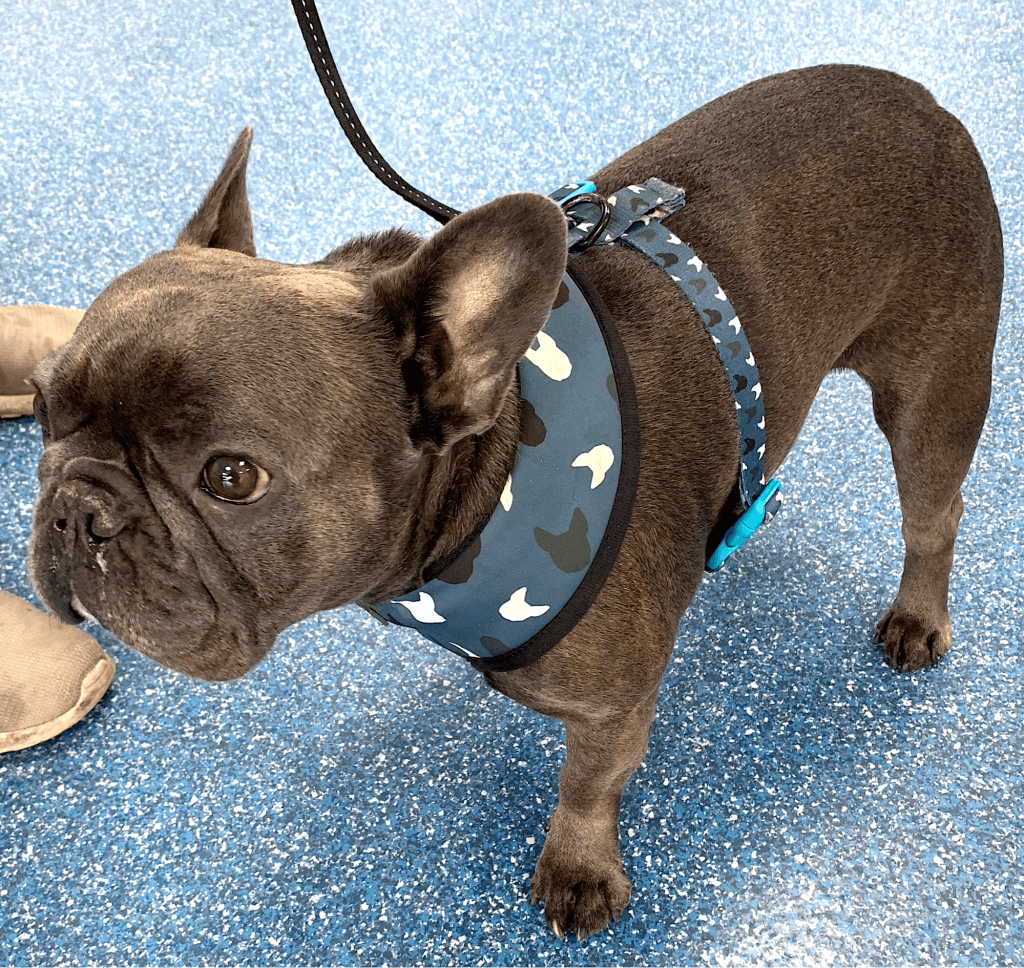Cruciate Disease in dogs is a very common orthopaedic condition, where our pet’s cranial cruciate ligament frays or ruptures. The cranial cruciate ligament is a tough ligament within the dog’s stifle (knee) joint which attaches to both the femur and tibia. The ligament prevents the tibia from moving forward, relative to the femur, and can also help limit overextension of the joint. The equivalent ligament in humans is the anterior cruciate ligament, which can rupture due to sudden trauma.
Causes of Cruciate Disease in dogs
In dogs, the cause of cruciate disease is quite different, with the ligament degenerating overtime and then rupturing. Some breeds such as Labradors, and Boxers are more prone to this degeneration but it can affect any breed. Currently, vets don’t know why this happens to dogs but there seems to be a strong genetic link to it.
Symptoms of Cruciate Disease in dogs
Although cranial cruciate disease in dogs often starts slowly, many owners will notice a sudden lameness, which often occurs when sufficient damage to the cruciate ligament prevents it from doing its job of regulating the movement to the knee joint. When this happens, the tibia will move forward, relative to the femur, and when the dog moves their knee, this instability causes lameness and pain. Development of any cruciate diseases causes inflammation in the joint, and pets with cruciate ligament disease will have osteoarthritis.
About half of dogs with a cruciate ligament rupture will go on to rupture the ligament in the other leg. If left untreated, it can be a debilitating condition with severe lameness and progressive osteoarthritis in dogs. With appropriate surgical treatment provided early upon diagnosis, about 90% of dogs go on to return to normal activity.
Treatment for cruciate disease
If the vet suspects your dog has cruciate disease, they will want to examine the dog’s joint, either conscious or under sedation for stability. The vet may also perform imaging such as an X-ray to help confirm your pet’s diagnosis and to fully understand the pathology in the knee.
In nearly all cases of cruciate disease, surgery is usually the best treatment required for your pet to get better, as the prognosis to return to full function with conservative treatment, such as medication, is poor. In most cases, vets will recommend a procedure where the bone conformation to the tibia is altered, so the impact on the knee changes and the cranial cruciate ligament is no longer required.
This is achieved by Tibial Transposition Advancement (TTA), where the front of the tibia is pushed forward using a titanium cage; a Tibial Close Wedge Osteotomy (TCWO). TTA involves removing a wedge of bone from the tibia to change the angle of the top of the tibia to the femur, or using a Tibial Plateau Leveling Osteotomy, (TPLO). This involves making a curved cut in the top of the tibia and rotating it again to change the angle between the tibia and the femur. The precise technique advised will depend on the dog’s natural bone confirmation and size.
Risks involved with treating cruciate disease
The most common complications of these sorts of procedures is an infection and further mechanical problems, such as damage to the menisci (two cushion-like blocks of tissue in the knee). The vast majority of patients, however, recover from the procedure very well, without any complications and return to a normal, healthy lifestyle. In the post-operative period, the vet will prescribe painkillers and may recommend other treatments such as hydrotherapy to help with the dog’s recovery.
If your pet is showing any symptoms of cruciate disease, get in touch with your local Animal Trust surgery and book a free consultation.




